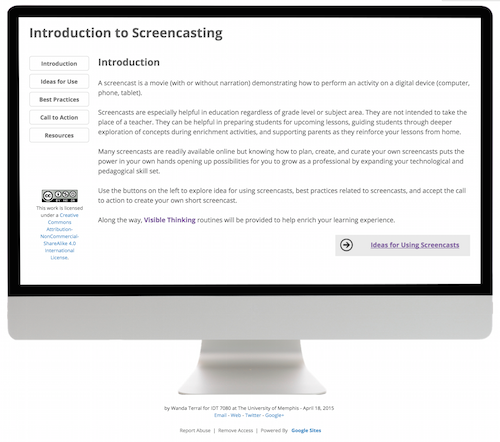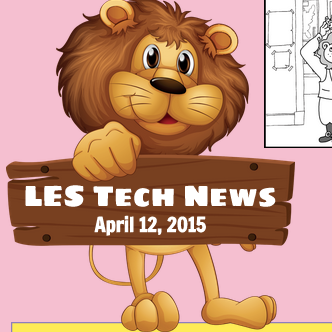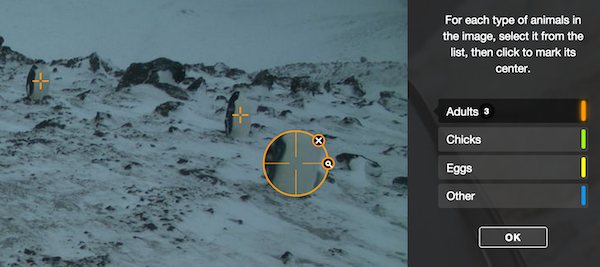Travel Agent vs. Tour Guide
I’ve been buried deep in working on my dissertation proposal and have been finding it challenging to keep focused. I read someplace that using a metaphor, analogy, or story can add a level of cohesiveness to a paper. I may not write this into my paper, but taking that approach is helping me make a bit more sense of my work. I thought I would take a moment to share with my readers. Note – These are my views and are generalized to educational systems as a whole, not my employer.
So much of the “professional” development (PD) teachers experience these days is really administrative and not professional. Think about the last inservice day you attended (or planned). Were sessions focused on how to do any of these?
- operate a piece of software or online service/tool,
- improve classroom management or discipline,
- navigate the latest teacher evaluation requirements,
- prepare for the next round of standardized testing,
- maintain needed safety measures on your campus,
While these topics must be covered to share procedures, policies, knowledge, and/or to meet compliance requirements, these are administrative development and have little or nothing to do with actually improving teaching practice. These sessions often place the learner (our teachers) in a passive role as they consume what is being shared by a presenter. Research shows that this type of PD may be useful for learning procedures but if a change in teaching practice or a change in paradigm is expected, the approach to PD offered must follow certain characteristics. If the desired result is change, “traditional” PD is not going to cut it.
My dissertation is examining the self-directed professional learning (SDPL) of teachers, the benefits/barriers experienced, and how a district/school can support their teachers’ SDPL.
I have provided (and will be providing) many “traditional” PD sessions. For example, I have spent the last several years teaching people how to get around in Google Apps and have shared ways it could be used to make life more efficient as well as how it can be used for collaboration by teachers and students. I have modeled its use. I have encouraged its use. Some people have taken the ball and run with it; some, not so much. I should not be surprised for much (or most) of the fault lies with the training provided.
Too much PD we offer is led by a tour guide. The teacher, if they are lucky, gets to choose the tour but they are led through the journey. Teachers are too often passengers rather than participants. The tour guide chooses what to show and what to say about each part of the tour. The passengers may (or may not) ask questions but can certainly choose to be passive consumers of the tour guide’s script. Weeks after the tour is over, they may remember a few bits and pieces of the tour but will likely be left with an overall impression rather than detailed memories. We certainly would not expect them to BECOME the tour guide after taking the tour once as a passenger.
A travel agent can provide a deeper experience. When it comes to SDPL, I envision the district/school (or those they bring in to run PD) in the role of travel agent. This is especially needed if we really want the journey to have an impact on the teacher and the way in which they teach and, even more so, if you want them to change how they teach. The travel agent keeps up with the available travel options (destinations, tours, experiences, interactions) and, after getting to know what the customer wants, provides them options to help them meet their goal for the trip. They consult with the traveler to lay out the itinerary and are there to provide support during the trip in case things go wrong. Sure, some people are ready to just go online and book all aspects of that big vacation but, not being the expert, may miss some real gems along the way. They may book a hotel that provides less than stellar service. They may sign up for a tour that hits all the touristy spots but bypasses the stops that give a real feel for the city. They would still have a good experience, one they chose, but by getting an additional level of support in the planning and execution of the trip, the experience can be that much deeper, memorable, and impactful.
Travel Agent vs. Tour Guide. I am going to try to be more of a travel agent rather than a tour guide in PD I offer from now on. That won’t be possible for required administrative development sessions but, when I can, this is the approach I am going to take. I am going to find out from my teachers what they want to learn and support them in that journey. Time will limit how much I can actually spend with each teacher but I can certainly help suggest resources for them to visit on the trip. There are many challenges in this approach – for me and for the teacher. It is usually easier to be the passenger. Taking a more active role in the process takes more time and effort but the result is more likely to be effective if we really want a change to occur.
The right way? Ah, if it were only so easy. Just like there is not one right way to teach students, there is not one right way to approach teacher development. Differentiation is needed to address the needs of adult learners. However, mandated PD is often focused on compliance and is less concerned with learning. “Attendance is mandatory but learning is not” (Kennedy, 2016, p. 29). Just as we focus on student learning, PD should be more about teacher learning. Until it is, we should not be surprised that learning is not happening and that change is not taking place.

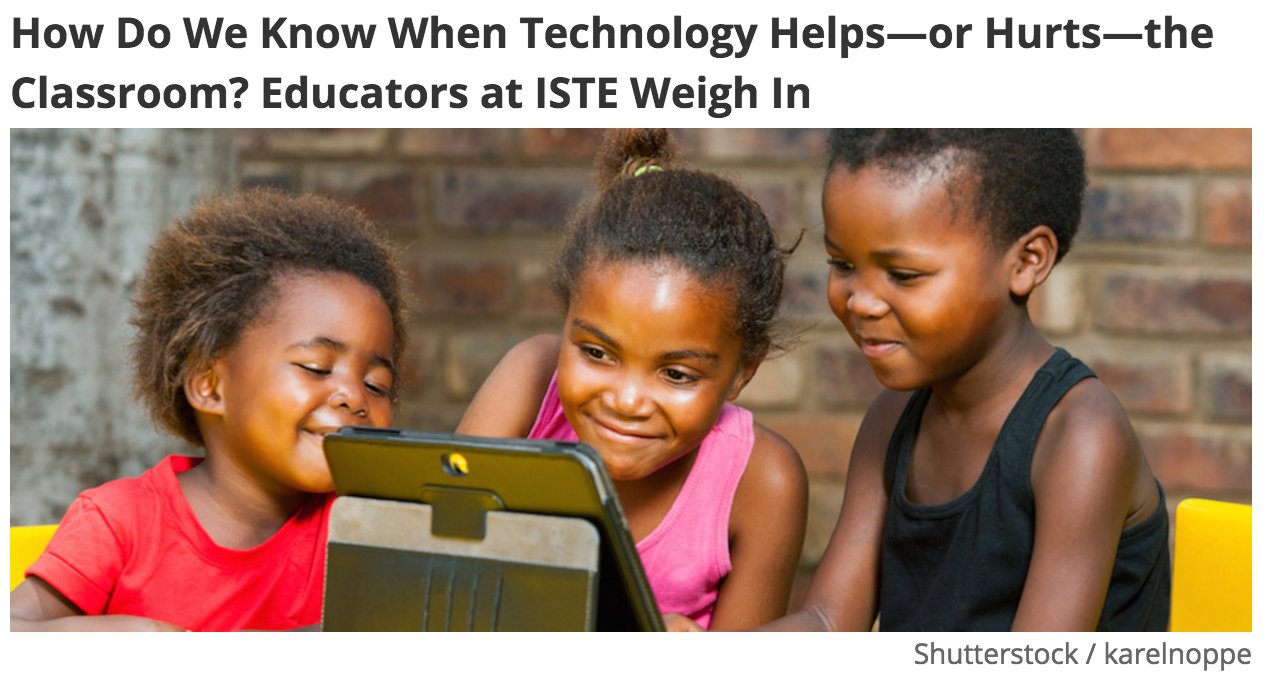

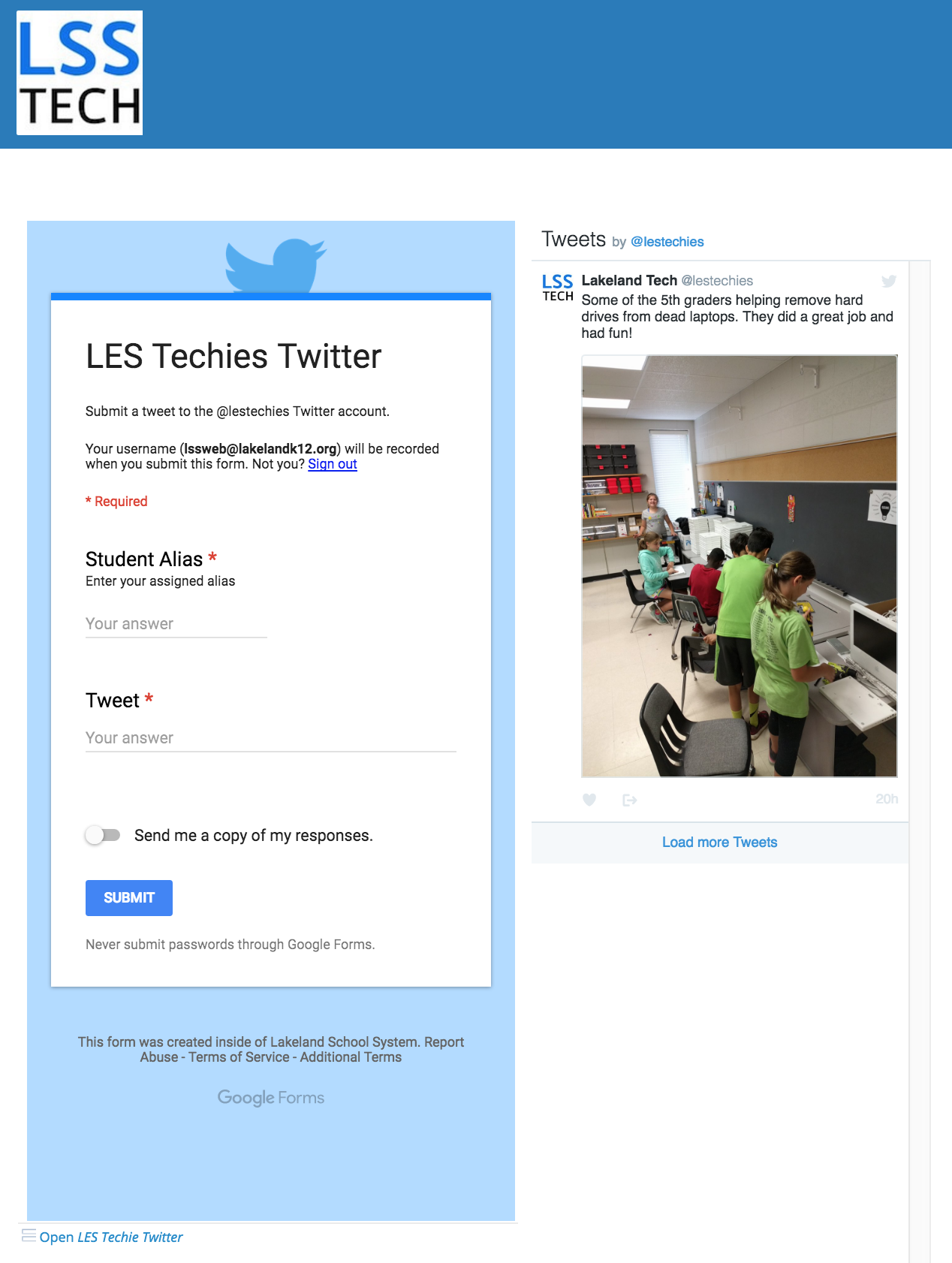
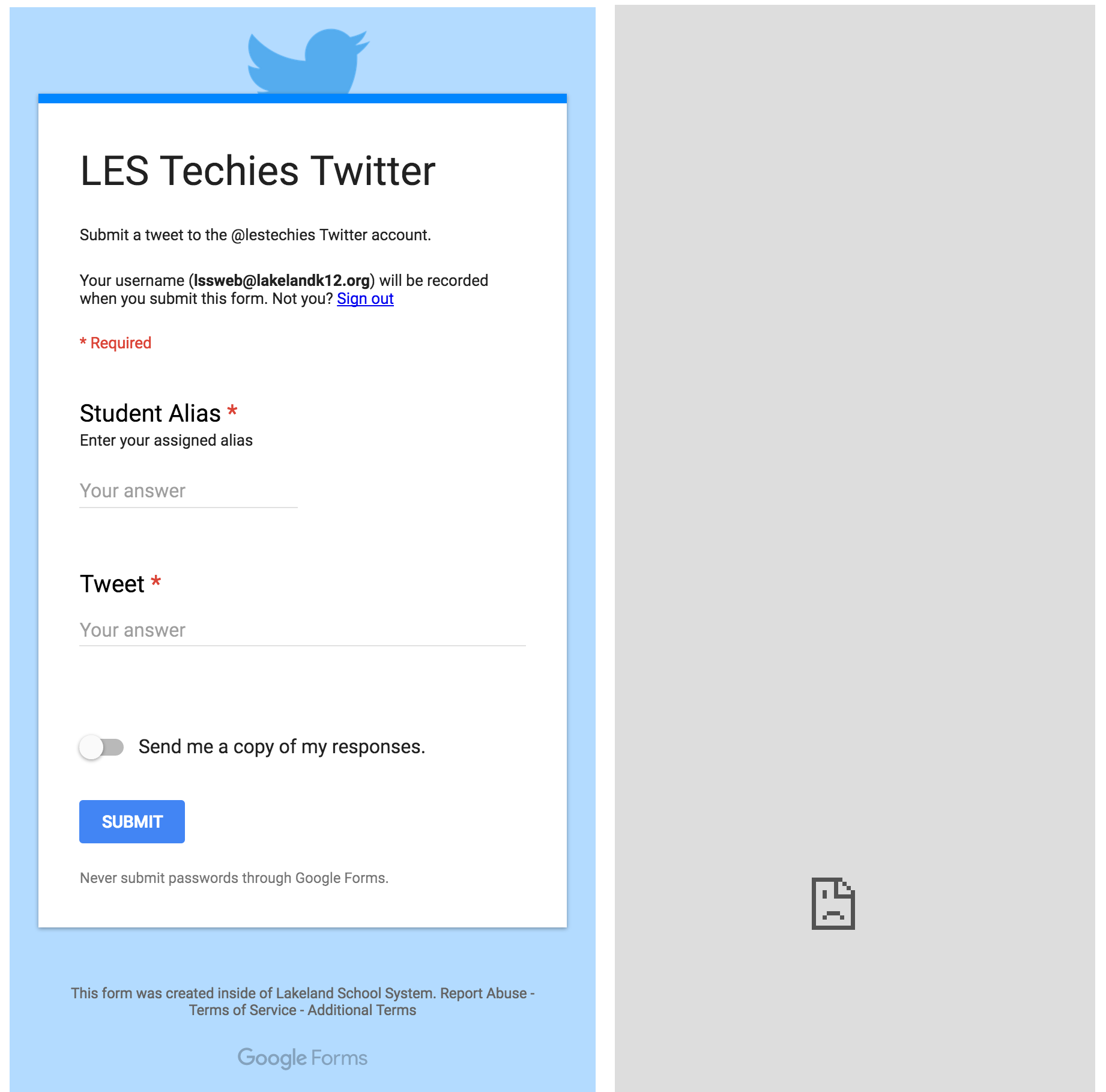

 I did, however, want to go ahead and share their
I did, however, want to go ahead and share their  We are nearing the 100th day of this school year. When I taught in a high school, that momentous date would pass without much recognition. Now that I am in an elementary school environment, I know it is not only celebrated but used as a special day of teachable moments. Here are a handful of ideas that you may consider giving a try this year.
We are nearing the 100th day of this school year. When I taught in a high school, that momentous date would pass without much recognition. Now that I am in an elementary school environment, I know it is not only celebrated but used as a special day of teachable moments. Here are a handful of ideas that you may consider giving a try this year.
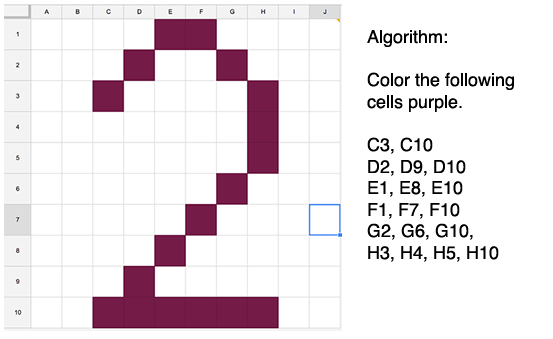
 A possible tie-in to
A possible tie-in to 
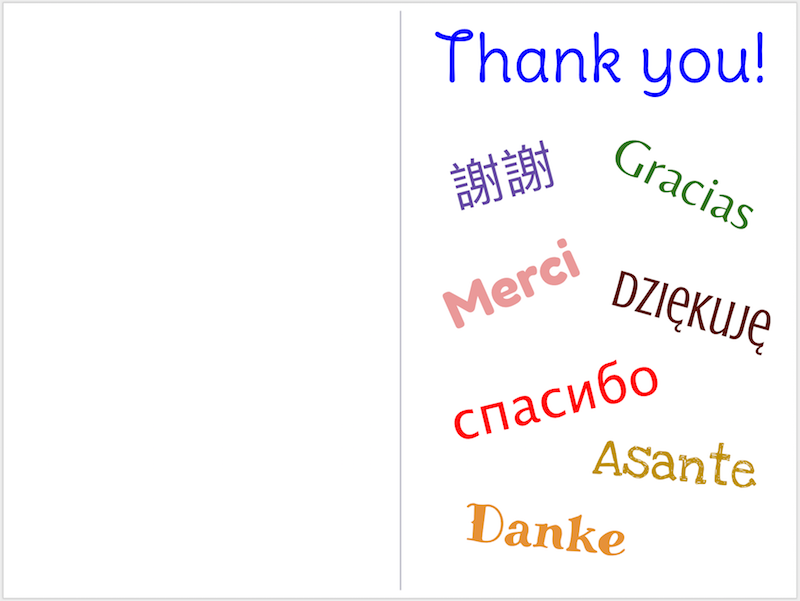
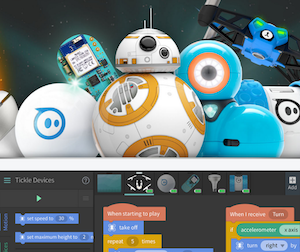 Sphero or Dash Take a Tour of the School:
Sphero or Dash Take a Tour of the School: